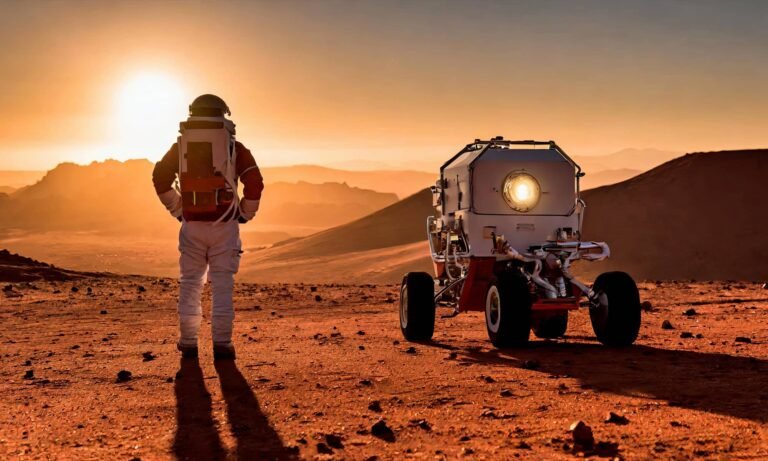A phenomenon is probably “an observable fact or event.” The term came into its modern usage through the German philosopher Immanuel Kant, who contrasted it with the noumenon which cannot be directly observed but “exists independently of human sense”. He stated:
“Phenomena are the appearances, which constitute the our experience; noumena are the (presumed) things themselves, which constitute reality.”
– Immanuel Kant
The concepts of phenomena and noumena are fundamental in philosophy and Metaphysics, particularly in the realm of Epistemology. Phenomena refer to the appearances of things, shaped by our sensory experiences, while noumena represent the things-in-themselves, which exist independently of our perceptions.
- Phenomena encompass everything that we can observe and perceive through our senses. These are the objects and events we experience daily, like the color of the sky or the sound of music. Our interpretations of phenomena are filtered through our personal experiences and cultural context, which adds layers of subjectivity. Despite this, phenomena are crucial for daily living because they guide our interactions and understanding of the world.
- In contrast, Noumena signify the reality that lies beyond our immediate perception. They are the essence of things that can never be fully grasped through sensory experience. While we can speculate about noumena, they remain largely abstract and elusive in our discussions. Kant argued that although we can know phenomena, noumena are ultimately inaccessible to human understanding. This philosophical dichotomy raises questions about the limits of knowledge and the extent to which reality can be understood beyond our perceptions.
In conclusion, the exploration of phenomena and noumena invites us to consider the complexities of knowledge and perception. Recognizing this distinction can enrich our philosophical inquiries and deepen our understanding of existence itself.
Phenomena or Noumena?
These cosmic phenomena (or noumena?) highlight the dynamic and interconnected nature of the universe, where the densest objects can have profound effects on their surroundings and, potentially, on the structure of reality itself.
Spacetime, Black Holes, Quasars, and Wormholes are all captivating concepts rooted in Einstein’s groundbreaking theory of general relativity. They demonstrate the profound and intricate ways in which gravity shapes the very fabric of the universe. Black holes and wormholes, for example, are extreme manifestations of spacetime curvature, where the gravitational pull is so intense that it can warp space and time to create singularities or hypothetical bridges connecting different regions of spacetime. These phenomena challenge our understanding of the universe, pushing the boundaries of both physics and imagination. Quasars, on the other hand, are among the most energetic and luminous objects in the cosmos – active galactic nuclei powered by supermassive black holes. As matter spirals into these black holes, immense energy is released, making quasars essential for studying the early universe and the evolution of galaxies. Together, these concepts offer glimpses into the awe-inspiring mechanics of the cosmos.
Spacetime
It’s at least a real idea. In 1908, Hermann Minkowski discovered that treating time as another dimension in math equations, along with the three spatial dimensions, allows accurate prediction of motion without direct observation. This led to the concept of Spacetime.
Matt O’Dowd is an Australian astrophysicist and associate professor in the Physics and Astronomy Department of the City University of New York. He is a writer and host of PBS Space Time on YouTube and breaks down both the basic and incredibly complex sides of space and time.
Black Holes
A Black Hole is a place in space where gravity pulls so much that even light can not get out. The gravity is so strong because matter has been squeezed into a tiny space. This can happen when a star is dying. Because no light can get out, people can’t see black holes. They are invisible. Space telescopes with special tools can help find black holes. The special tools can see how stars that are very close to black holes act differently than other stars.
Scientists think the smallest black holes formed when The Universe began. Stellar black holes are made when the center of a very big star falls in upon itself, or collapses. When this happens, it causes a Supernova. A supernova is an exploding star that blasts part of the star into space. It is widely believed that supermassive black holes were made at the same time as the galaxy they are in.
Quasars
Quasars shine so brightly that they eclipse the ancient galaxies that contain them. They are distant objects powered by black holes a billion times as massive as our sun. Astronomers called them “quasi-stellar radio sources,” or “quasars,” because the signals came from one place, like a star.
Specifically, a quasar is a supermassive black hole that is actively feeding on Matter (and Antimatter for that matter). The infalling matter has swirled into a disk that has heated up and it shines so brightly that its light drowns out the rest of the galaxy around the black hole.
Much more observation and study, particularly the results of the Hubble Space Telescope, has now identified around 200,000 quasars. The evidence indicates that they largely came into existence around 12 billion years ago when galaxies were being quickly formed in close proximity and they commingled the black holes that form at galactic centers.
Supermassive black holes pull in so much matter that the disc of material being pulled in lights up. Even though the size of this disc is thought to be no larger than the Solar System, the light emitted can be as much as 1,000 times as bright as the entire Milky Way which contains perhaps 400 billion stars.
Wormholes
Wormholes are consistent with the general theory of relativity, but whether wormholes actually exist remains to be seen. A wormhole could connect extremely long distances such as a billion light years or more, short distances such as a few meters, different universes, or different points in time. However, if you don’t have something threading through them to hold them open – the walls will basically collapse so fast that nothing can go through them. Holding wormholes open would require the insertion of something that anti-gravitates – namely, Negative Energy.
What’s More
The posts in My Blog feature reflective, story-driven pieces rooted in personal and societal insights.
The topics in My Interests explore abstract, philosophical ideas and their cultural and societal impact.
👁️ 7,810 Views















